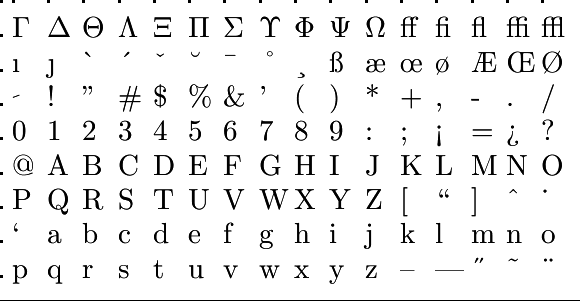Assessing investments: Introduction
 Assessing investment proposals
Assessing investment proposals
When planning for a new activity, a for-profit project, we discuss certain assessment criteria. We will also assume that the project is of a certain duration, divided into periods and that there is capital available for investment at the start of the project.
Assessing investments
We are going to discuss a total of five methods to assess an investment proposal. Within these methods, a distinction will be made between the accounting and economic approaches. The biggest difference between these two approaches is that the economic models take into account the investor's time preference. In addition, these two approaches differ in the way they incorporate the risk of the investment in their evaluation.
The accounting approach takes risk into account by setting certain requirements for the outcomes of the investment. For example, it is to be expected that an investment will pay for itself within a certain amount of time or that a certain amount of profit will be made. The economic approach, in addition to these requirements, takes the risk into account also by making a numerical estimate of the risk percentage. This estimate is then included in the calculations of the models.
The following two methods fall under the accounting approach:
- the accounting payback period (APP)
- the average accounting rate of return (ARR)
We will also discuss three economic methods in some detail:
- the discounted payback period (DPP)
- the net present value (NPV)
- the internal rate of return (IRR)
Each of these methods will be discussed separately. We will use the following terminology and variables.
Concepts and parameters for investment proposals
When assessing an investment for a project (a related activity), we use the following concepts and corresponding notations.
- #n# is the duration of the investment measured in periods of fixed length (usually years).
- #C_1,\ldots,C_n# represent the cash flows expected in periods #1,\ldots,n# as a result of the investment #C_0#. All cash flows are counted as positive if they represent income and negative if they are expenditures (i.e., costs).
- At the start of the project (we say: in year #0# ), costs are incurred to get started. Therefore, #C_0# is assumed to be negative.
- For period #i#, which is between #1# and #n#, the income is denoted by #C_i#. If this amount is negative, a loss is made in period #i#.
- At the end of the project, it is conceivable that there is a residual value #RV#. This includes the sum of the values of the machinery, inventory and such, that remain when the project has finished. If the residual value is not mentioned for an investment, it is assumed to be #0#.
- #r# is the discount rate. This factor is used to convert future cash flows to their present value. We often talk about the discount rate in percentages, by which we mean #100\cdot r\%#.

Or visit omptest.org if jou are taking an OMPT exam.



